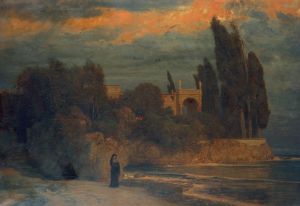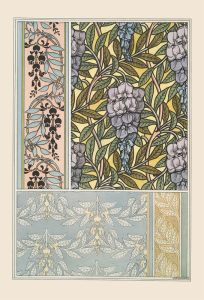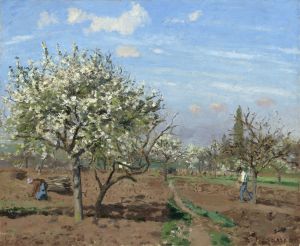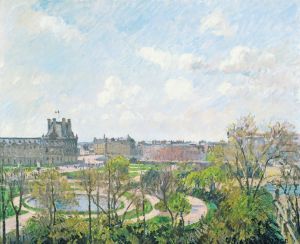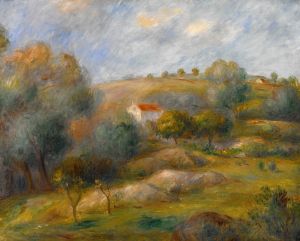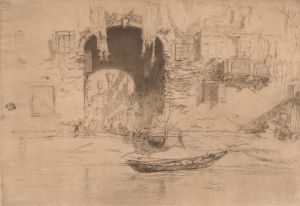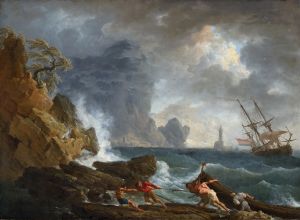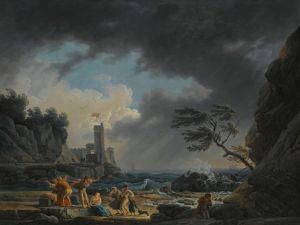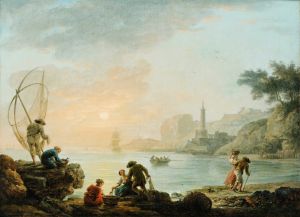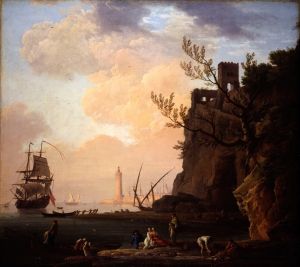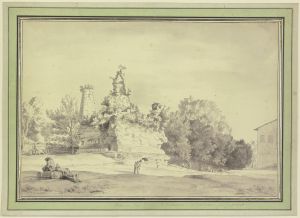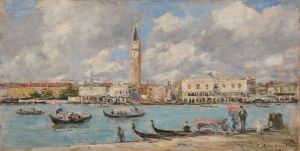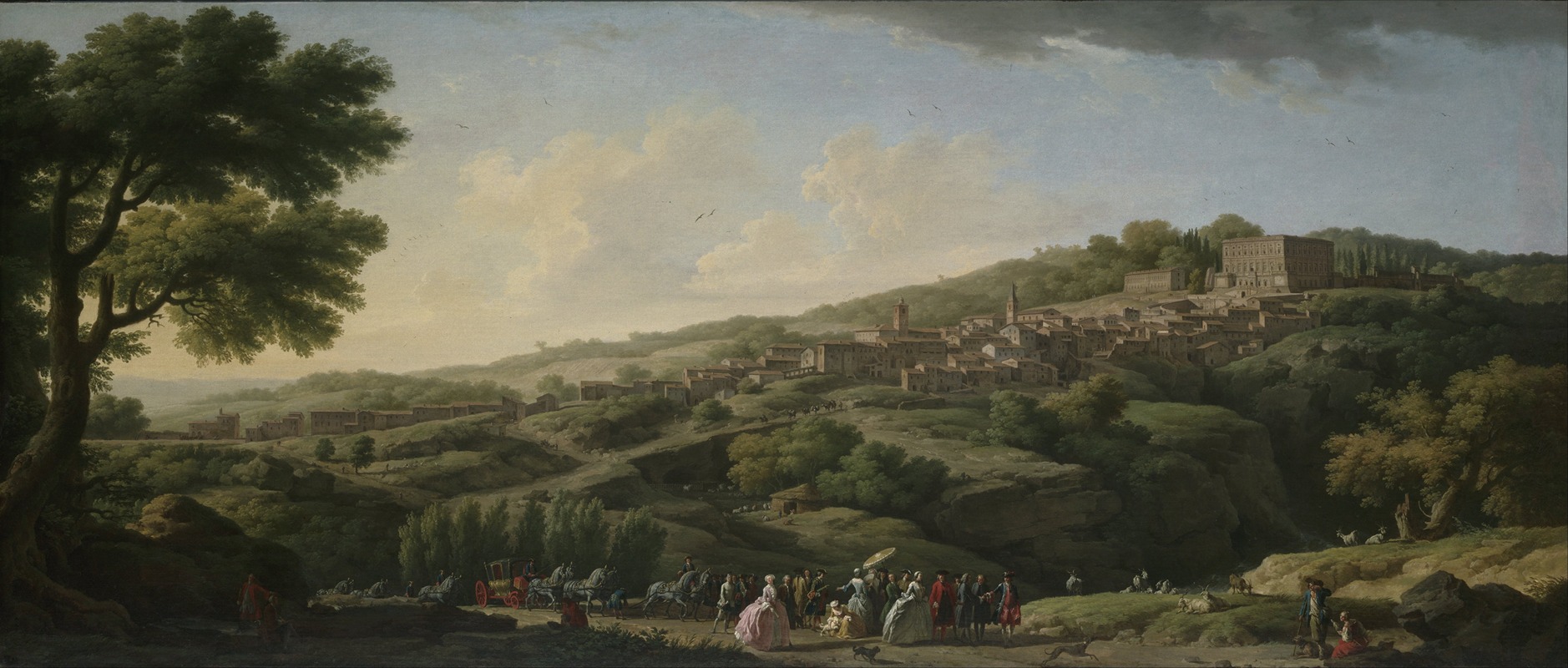
Villa at Caprarola
A hand-painted replica of Claude-Joseph Vernet’s masterpiece Villa at Caprarola, meticulously crafted by professional artists to capture the true essence of the original. Each piece is created with museum-quality canvas and rare mineral pigments, carefully painted by experienced artists with delicate brushstrokes and rich, layered colors to perfectly recreate the texture of the original artwork. Unlike machine-printed reproductions, this hand-painted version brings the painting to life, infused with the artist’s emotions and skill in every stroke. Whether for personal collection or home decoration, it instantly elevates the artistic atmosphere of any space.
Claude-Joseph Vernet was a prominent French painter known for his landscapes and seascapes, which often depicted serene and picturesque scenes. One of his notable works is "Villa at Caprarola," a painting that exemplifies his skill in capturing the beauty of the Italian countryside. Vernet was born in Avignon, France, in 1714, and he spent a significant part of his career in Italy, where he was deeply influenced by the Italian landscape and the works of earlier masters.
"Villa at Caprarola" is believed to have been painted during Vernet's time in Italy, a period that lasted from 1734 to 1753. This painting reflects his fascination with the Italian landscape and architecture. The Villa at Caprarola, also known as the Villa Farnese, is a Renaissance and Mannerist villa located in the town of Caprarola, near Viterbo, in the Lazio region of Italy. It was originally designed by the architect Giacomo Barozzi da Vignola for Cardinal Alessandro Farnese.
Vernet's painting captures the grandeur and elegance of the villa, set against the backdrop of the lush Italian countryside. His use of light and shadow, along with his attention to detail, brings the scene to life, highlighting the architectural features of the villa and the surrounding landscape. The painting is characterized by its harmonious composition and the tranquil atmosphere that Vernet was known for.
Throughout his career, Vernet was celebrated for his ability to convey the mood and atmosphere of a scene, often incorporating elements such as water, sky, and vegetation to enhance the overall effect. In "Villa at Caprarola," these elements are skillfully integrated, creating a sense of balance and serenity. The painting is a testament to Vernet's mastery of the landscape genre and his ability to evoke a sense of place.
Vernet's work was highly regarded during his lifetime, and he received numerous commissions from patrons across Europe. His paintings were sought after by collectors and connoisseurs, and he was appointed as a member of the prestigious Académie Royale de Peinture et de Sculpture in Paris. His influence extended beyond his own time, as his works continued to inspire artists in the landscape genre.
"Villa at Caprarola" is an example of Vernet's contribution to the tradition of landscape painting, blending natural beauty with architectural elegance. The painting remains a valuable piece of art history, reflecting the cultural and artistic exchanges between France and Italy during the 18th century. Vernet's legacy as a landscape painter endures, and his works continue to be appreciated for their technical skill and aesthetic appeal.
In summary, Claude-Joseph Vernet's "Villa at Caprarola" is a significant work that showcases his talent in capturing the essence of the Italian landscape and architecture. The painting is a reflection of Vernet's artistic vision and his ability to create harmonious and evocative scenes. As a prominent figure in the history of landscape painting, Vernet's contributions remain influential, and his works continue to be celebrated for their beauty and craftsmanship.





